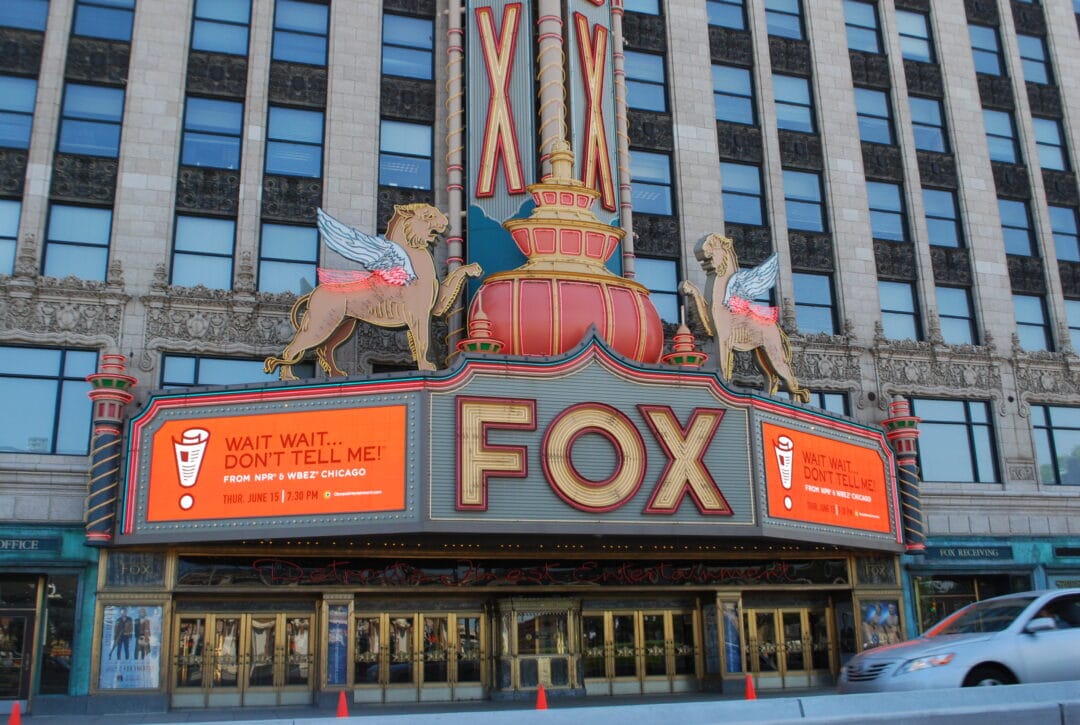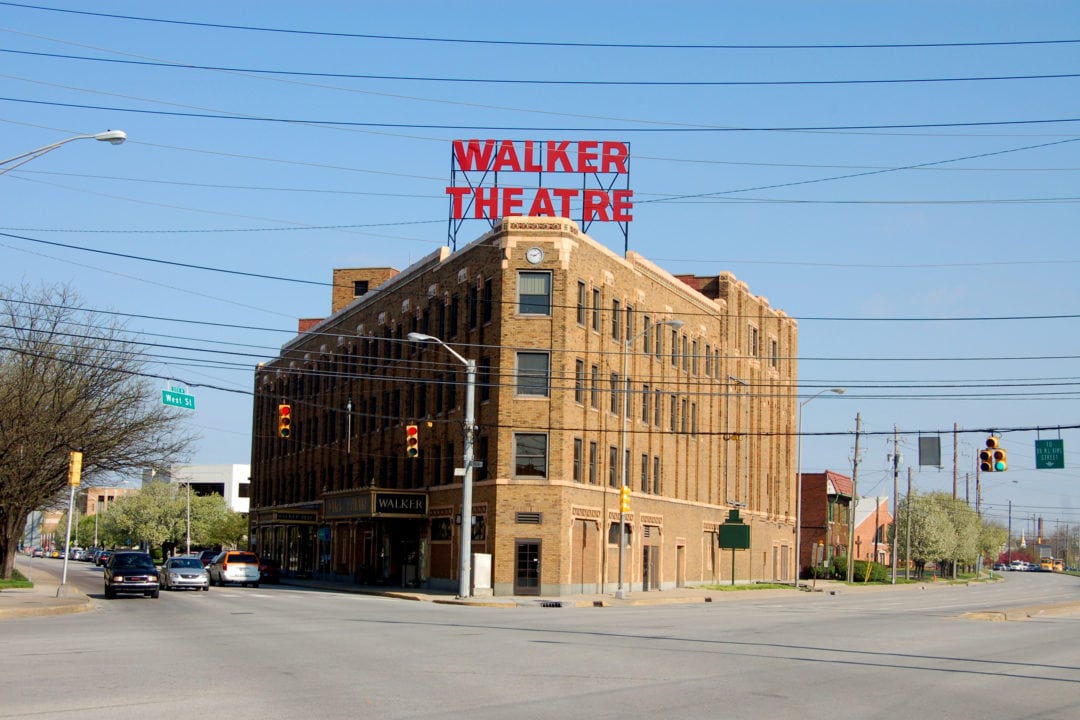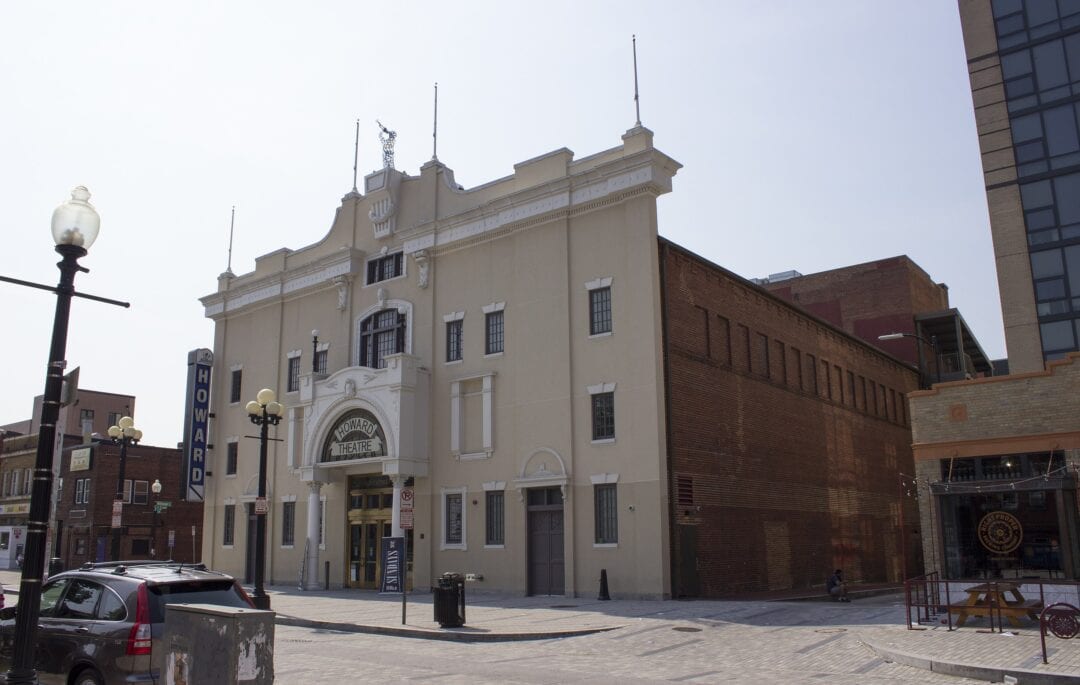What The Green Book was to road trips, the Chitlin’ Circuit was to music during the era of segregation in the U.S. From the 1930s until the late ‘60s, a collection of Black-owned juke joints, dance halls, music venues, and nightclubs peppered throughout the South, Midwest, and East Coast provided a welcome space for Black patrons and performers alike. Hosting up-and-coming acts alongside established superstars, the Chitlin’ Circuit (named after the soul food staple chitterlings, with a nod to its post-war Jewish equivalent, the Borscht Belt) included venues both local (Mississippi’s clapboard 100 Men Hall) and lavish (Detroit’s opulent Fox Theatre).
Not all of the theaters and performance spaces have withstood shifting cultural winds over the past century, but many have been restored or repurposed into community arts centers or are returning to their roots, welcoming modern-day musicians and music-lovers of all genres and backgrounds. Here are seven of the must-see stops along the Chitlin’ Circuit.

100 Men Hall, Mississippi
In 1922, members of the Hundred Members Debating Benevolent Association (DBA) laid the cornerstone for the 100 Men Hall in Bay St. Louis, Mississippi. Still standing today, and under new ownership since 2018, the club has been a gathering place for the Black community for the past century, hosting everything from baby showers to bingo games. Bay St. Louis, located just an hour east of New Orleans, was often the first stop for jazz and blues musicians on the weekday Chitlin’ Circuit, with Monday dances headlined by greats such as B.B. King, Etta James, and Ray Charles.

Carver Performing Arts Center, Alabama
When it opened in 1935, Birmingham’s Carver Theatre was a movie theater catering to Black patrons (during segregation, most first-run movie houses only welcomed whites). Renovated 10 years later, and outfitted with the latest in theater technologies—including new seats, air conditioning, and sound and projection upgrades—the Carver’s business steadily declined over the years, shuttering for good in the 1980s. The theater’s significance in the Black entertainment community, as well as during the Civil Rights Movement, spurred the city of Birmingham to take action; recently remodeled to accommodate live performances, the Carver Performing Arts Center is now also home to the Alabama Jazz Hall of Fame.

Fox Theatre, Michigan
Detroit’s 5,000-seat Fox Theatre opened in 1928 as a movie palace, one of five original lavish theaters built by film executive William Fox (the others were in New York, Georgia, Missouri, and California). Fully restored and designated a National Historic Landmark in 1988, the Fox is the largest surviving example of the chain’s grand movie houses, many of which have been demolished, restored, or repurposed. The 10-story Michigan theater has hosted Motown artists such as Aretha Franklin, Diana Ross, and The Temptations, as well as modern-day musicians such as Jack White and Soundgarden’s Chris Cornell, who played his final show at the Fox in May, 2017.

Madame C.J. Walker Theatre, Indiana
Born to freed Louisiana slaves soon after the Civil War, Madam C.J. Walker became the first Black female self-made millionaire in the U.S. thanks to a wildly successful hair care empire. Although she made her mark on Pittsburgh, St. Louis, and New York City, Walker made Indiana her headquarters, opening a big manufacturing plant in Indianapolis in 1910. After she was charged a “Black tax” to attend a local theater, she built her own: The Walker Theatre hosted performances from Nat King Cole, Lena Horne, Patti LaBelle, and Ella Fitzgerald. Today, the Madam Walker Legacy Center, which features a beautifully restored main stage, is dedicated to “preserving the legacy of Madam CJ Walker by providing cultural education, promoting social justice, supporting entrepreneurship and empowering youth to become the next generation of entrepreneurs and civic leaders.”

Howard Theatre, Washington, D.C.
When it opened in 1910, Washington, D.C.’s Howard Theatre was billed as “the largest colored theatre in the world.” During segregation, the “Theatre for The People” (dubbed as such by The Washington Bee) welcomed leaders such as President Franklin D. Roosevelt and everyday music-lovers who gathered to see Duke Ellington, Louis Armstrong, Billie Holliday, Marvin Gaye, Aretha Franklin, Dizzy Gillespie, The Supremes, James Brown, and countless others. After riots devastated the neighborhood in 1968, the Beaux-Arts building gradually fell into disrepair, closing in 1980; after 2 years of extensive renovations, the Howard Theatre reopened in 2012 with performances from Wanda Sykes, Blue Oyster Cult, and Chaka Khan.

The Apollo Theater, New York
Located on West 125th Street, between Adam Clayton Powell Jr. and Frederick Douglass boulevards in Harlem, the 1,506-capacity Apollo Theater opened as the whites-only Hurtig & Seamon’s New Burlesque Theater in 1914. Probably best-known to modern audiences for the nationally-syndicated TV variety show Showtime at the Apollo (which ran from 1987 to 2008 and was rebooted in 2018), the neoclassical theater opened to Black patrons and performers in 1934, renaming itself the Apollo. Also known for welcoming unknowns on “Amateur Night,” the Apollo’s stage is credited with launching the careers of dozens of superstars, including Billie Holiday, James Brown, the Jackson 5, Stevie Wonder, and Jimi Hendrix (the guitarist won first place in an amateur musician contest at the Apollo 5 years before he played at Woodstock).

The Lyric Theatre and Cultural Arts Center, Kentucky
The Lyric Theatre, located in Lexington, Kentucky, was originally built as a movie house. From 1948 until the early ‘60s, the art deco theater became a cultural icon for the Black community, hosting fashion shows, vaudeville acts, and performers such as Count Basie and B.B. King. Several Black-owned businesses opened alongside the theater, making the neighborhood a destination. The Lyric’s business steadily declined over the years, and a last-ditch return to showing movies, including Saturday morning cartoons and Black cowboy films, failed. After closing in 1963, the building sat empty and neglected for decades, finally reopening in 2010 as a community and cultural arts center after a city-run renovation.






